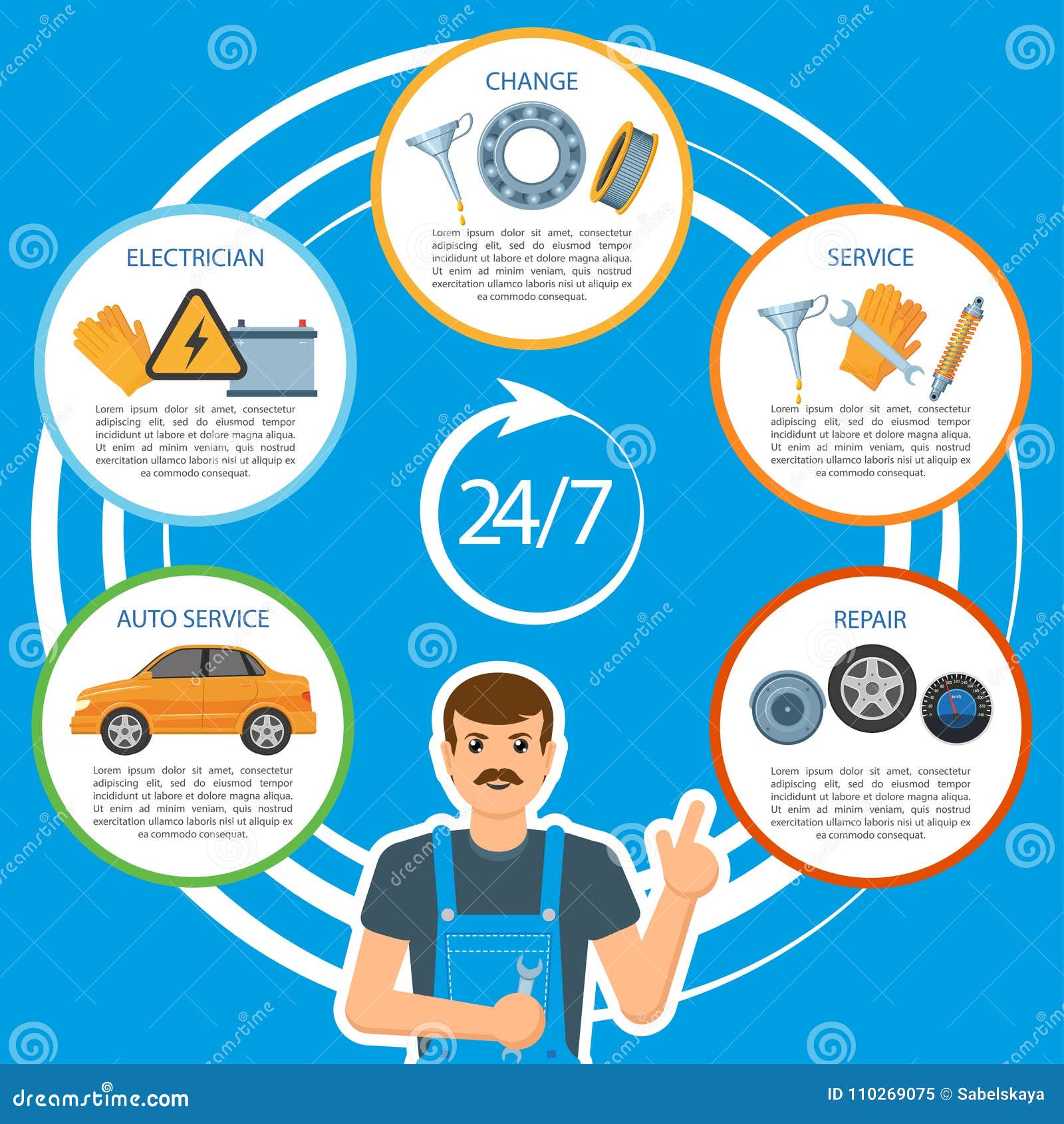Recognizing Your Auto'S Warning Lighting: What Do They Truly Mean?
Recognizing Your Auto'S Warning Lighting: What Do They Truly Mean?
Blog Article
Write-Up Composed By-Termansen Dalgaard
When you're behind the wheel, those glowing warning lights on your control panel can be a little bit difficult. Do you understand what they're trying to tell you regarding your automobile's health? Recognizing the importance of these lights is essential for your security and the long life of your car. So, the following time among those lights appears, would not you intend to understand its message precisely and take the essential actions to address it?
Common Warning Lighting and Interpretations
Recognize typical caution lights in your automobile and comprehend their definitions to ensure risk-free driving.
The most normal caution lights include the check engine light, which signals problems with the engine or discharges system. If this light begins, it's vital to have your vehicle examined quickly.
The oil pressure cautioning light suggests reduced oil stress, calling for instant attention to prevent engine damages.
A flashing battery light may suggest a defective charging system, potentially leaving you stranded otherwise dealt with.
The tire stress monitoring system (TPMS) light alerts you to low tire pressure, impacting car security and fuel efficiency. Overlooking this can cause risky driving problems.
https://juliusjeztn.get-blogging.com/31712610/are-you-curious-about-the-duty-of-automation-and-robotics-in-redefining-the-automobile-detailing-landscape suggests a problem with the anti-lock braking system, compromising your ability to stop swiftly in emergency situations.
Lastly, the coolant temperature level alerting light warns of engine getting too hot, which can lead to extreme damage otherwise fixed promptly.
Comprehending these typical warning lights will aid you address problems immediately and preserve safe driving conditions.
Relevance of Prompt Focus
Comprehending the typical caution lights in your vehicle is only the initial step; the value of without delay resolving these warnings can not be stressed sufficient to guarantee your safety when traveling.
When a warning light brightens on your dashboard, it's your vehicle's way of connecting a potential issue that requires attention. Disregarding these warnings can result in more serious issues in the future, endangering your security and possibly costing you more in repairs.
Trigger focus to cautioning lights can stop failures and crashes. For example, a blinking check engine light can suggest a misfire that, if left ignored, might create damage to the catalytic converter. Addressing this quickly can save you from an expensive fixing.
Similarly, a brake system alerting light could signal reduced brake fluid or worn brake pads, crucial parts for your safety when driving.
DIY Troubleshooting Tips
If you observe a warning light on your control panel, there are a few DIY repairing suggestions you can attempt prior to looking for professional help.
The primary step is to consult your car's guidebook to recognize what the particular caution light indicates. Often the problem can be as straightforward as a loosened gas cap setting off the check engine light. Tightening up the gas cap might settle the trouble.
An additional typical problem is a reduced battery, which can set off various warning lights. Checking the battery links for rust and guaranteeing they're protected could repair the issue.
If a warning light persists, you can attempt resetting it by detaching the cars and truck's battery for a couple of minutes and after that reconnecting it. Additionally, inspecting your lorry's fluid degrees, such as oil, coolant, and brake liquid, can help troubleshoot advising lights associated with these systems.
please click the up coming document
In conclusion, recognizing your automobile's caution lights is essential for maintaining your vehicle running smoothly and securely. By quickly resolving these signals and recognizing what they suggest, you can avoid expensive fixings and possible break downs.
Keep in mind to consult your car's manual for particular information on each cautioning light and do something about it as necessary to guarantee a trouble-free driving experience.
Keep informed, remain risk-free when traveling!
